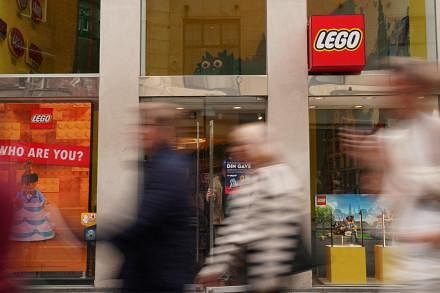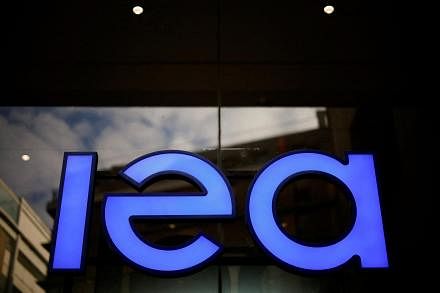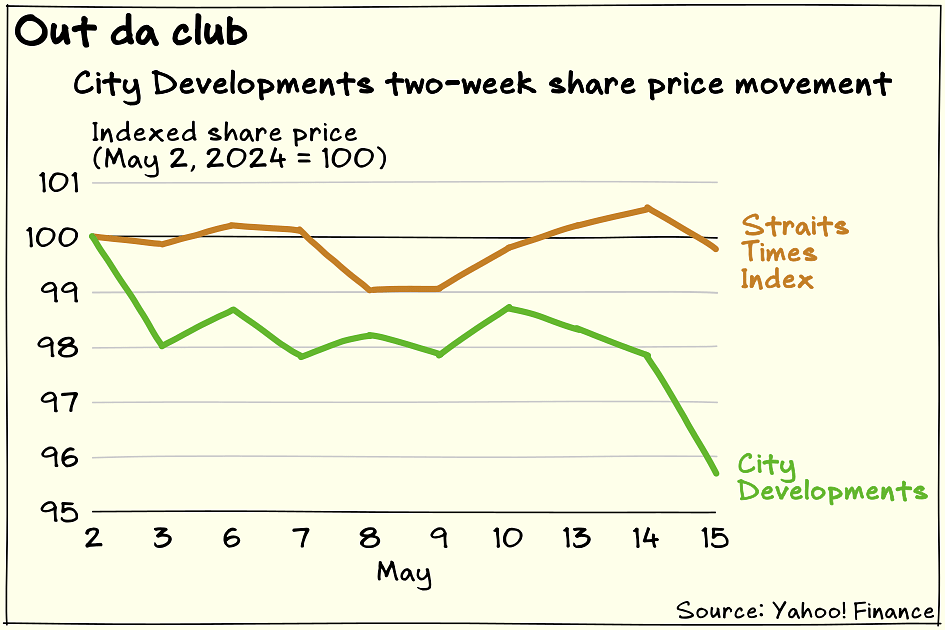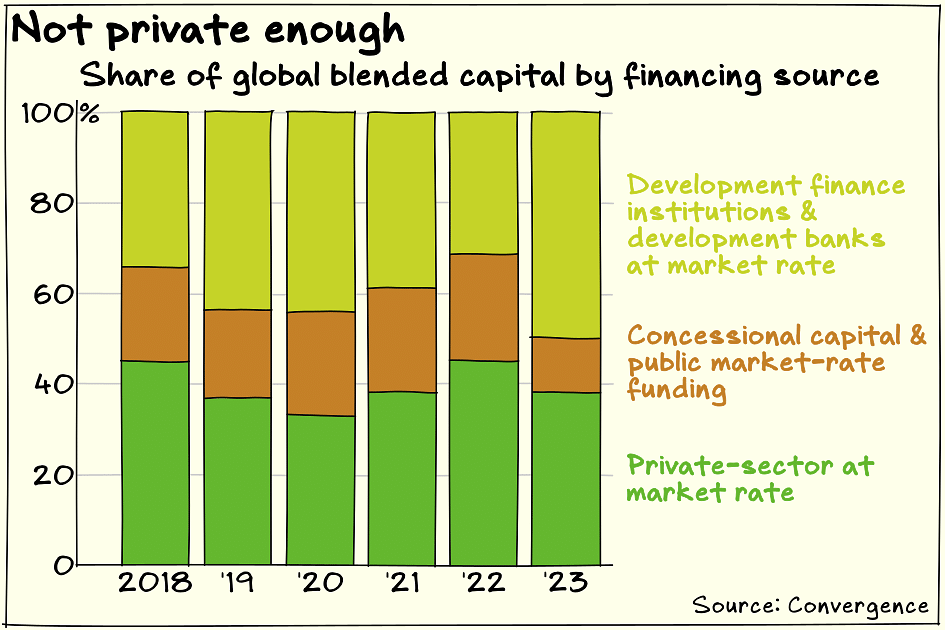|
|

|
|
| FRI, MAY 17, 2024 | |

|
Kenneth Lim
Columnist
|
Singapore |
|
Spread the love around |
|
Could good ESG performance be supportive of stock prices after an index break-up? Singapore’s stock market stumbled on Wednesday (May 15) after index provider MSCI announced it was dropping five counters from the MSCI Singapore Index. The five comprised property developer City Developments (CDL); auto distribution conglomerate Jardine Cycle & Carriage (C&C); logistics real estate investment trust (Reit) Mapletree Logistics Trust; commercial Reit Mapletree Pan Asia Commercial Trust; and offshore and marine engineering group Seatrium. The share prices for all five fell on Wednesday. Seatrium dropped 11.7 per cent, Jardine C&C lost 4.3 per cent, and CDL shed 2.2 per cent. Mapletree Logistics took a 3.7 per cent hit, and Mapletree Pan Asia retreated 1.6 per cent. MSCI’s decision to drop the stocks from the equity index, which feeds into global indices such as the All-Country World Index, is driven mostly by stock market considerations, such as market value, free float, liquidity and so on. Taken in that light, an ESG performance strong enough to get a company included on major ESG indices could be a hedge of sorts against index deletions for non-ESG reasons. Take CDL, for instance. According to its latest sustainability report, CDL highlighted that it is also included in the Dow Jones Sustainability, FTSE4Good, STOXX ESG Leaders and iEdge SG ESG indices. The amount of money tracking ESG indices is nowhere near the sums tied to an MSCI equity index, so getting booted from MSCI Singapore surely hurts. Having a number of other indices to lean on probably cushions the fall, though. Exclusion from one index could potentially lead to deletions in other indices in the same index family, of course, so it’s important to be good enough to get onto a diverse-enough universe of indices. The hedge might also carry some risks of its own. For example, CDL took a S$250 million three-year revolving sustainability-linked loan from DBS in 2019 that was tied to its inclusion on at least one leading global sustainability index. Getting kicked out of all the ESG indices would have rendered CDL ineligible for a discount on the loan interest. It will take a more involved study to know with confidence whether inclusion on ESG indices provides any meaningful hedge against deletion from non-ESG stock indices, but it doesn’t seem that far-fetched. It’s a back-up, and you can never have too many of those. Joining an ESG index essentially gives different parts of the market different ways to love your company. It’s like being on five different dating apps at the same time! |
Other Singapore reads |
Temasek-backed Climate Impact X to launch market intelligence service |
Nuclear power needed to transform Singapore’s industrial economy |
|
South-east Asia
Blending soft spots for Asia
|
The size of the global blended finance market grew by an impressive two-thirds in 2023, but the picture in Asia is a little more mixed. A closer look at the numbers shows a regional investment slowdown in the financial services and infrastructure sectors. Blended finance deals use impact-driven capital to catalyse commercial funding, and have been touted as a way to scale up sustainable development. A philanthropic investor might provide partial financing or a guarantee at below-market terms to a project, thereby sufficiently lowering the risk or improving the potential returns of the deal to enable the participation of more risk-averse private investors. Blended structures could therefore multiply the impact of concessionary capital by catalysing private funding for projects that would otherwise be difficult to finance. A total of US$15 billion was invested in blended finance deals worldwide in 2023, 71 per cent more than the US$9 billion raised in 2022, according to blended finance development non-profit Convergence. The growth marks a rebound for the global market, which saw total deal value fall to a 10-year low of US$9 billion in 2022. Larger deal sizes characterised the recovery – although the number of deals fell by a quarter to 99 in 2023, 40 per cent of the 2023 deals had ticket sizes over US$100 million versus just 17 per cent in 2022. Convergence chief executive Joan M Larrea said in a statement: “The data point to continued mainstreaming of blended finance as a tool as well as progress in scaling up the practice.” Asia’s performance was, however, mixed in the midst of the recovery. Blended financial services deals made a notable retreat from the region. Projects in this sector included those that worked through financial institutions to improve financial inclusion, financing for small and medium-sized enterprises and green finance, for example. In East Asia and the Pacific, deal volume in the sector has been shrinking the past two years. In 2023, the global blended amount for financial services grew 9 per cent to just under US$2.7 billion. In East Asia and the Pacific, however, the amount invested contracted 40 per cent to US$170 million. Against 2021, the region’s two-year decline was more than 60 per cent. Non-energy infrastructure has also been a cold front for the region. While East Asia and the Pacific accounted for 28 per cent of global blended financing into the sector from 2018 to 2020, the share was just 9 per cent from 2021 to 2023. Just US$520 million went into the sector in the region in 2023, less than half the US$1.3 billion financed in 2018. It’s apparent from the numbers that blended finance still faces a massive scaling-up challenge in the region. A 2017 study by the Asian Development Bank estimated that Asia needs to invest about US$1.7 trillion a year in infrastructure “to maintain its growth momentum, eradicate poverty and respond to climate change”. The baseline investment gap was estimated at about US$330 billion per year. The global blended finance numbers are only a fraction of that; the region’s share is even more dismal. A major hurdle is figuring out how to improve the leverage ratio of blended finance, or the amount of private capital mobilised by each dollar of concessionary funding. Concessional capital, which includes public and official direct assistance funding, has declined in the six years from 2018 to 2023. Meanwhile, private-sector funding at market rates has not decreased by as much. By Convergence’s definition, that means the leverage ratio has improved. Private sector market-rate capital has hovered close to 40 per cent of total deal value for the past six years, though. Where official public concessionary money has stepped back, development finance institutions (DFIs) and multilateral development banks (MDBs) have stepped in. This means the amount of pure private capital mobilised by concessionary funding has not really improved that much. Convergence said in its report: “It is evident that DFIs and MDBs, with their limited asset bases, can only drive blended finance growth so much. Their support alone is not sufficient to plug the Sustainable Development Goals financing gap. Far greater amounts of risk-bearing capital are needed to tap the vast sum of private sector assets.” Scaling up blended finance has been a focus of financial sector regulators. In December 2023, the Network for Greening the Financial System (NGFS), a group of 138 central banks and financial sector supervisors, published a technical document laying out key recommendations to grow blended finance for climate mitigation and adaptation in emerging markets and developing economies. NGFS has said it is considering further work on addressing investments in climate adaptation. |
Other South-east Asia reads |
With right incentives, Asia’s energy transition needs could be met by private markets |
Asia’s killer April heatwave was made much worse by climate change |
Other good reads |
From Lego to McKinsey, distracted managing can kill companies |

|
IEA trims 2024 oil demand growth forecast, widening gap with Opec view |

|

|
|
|||||||||||||||
|






